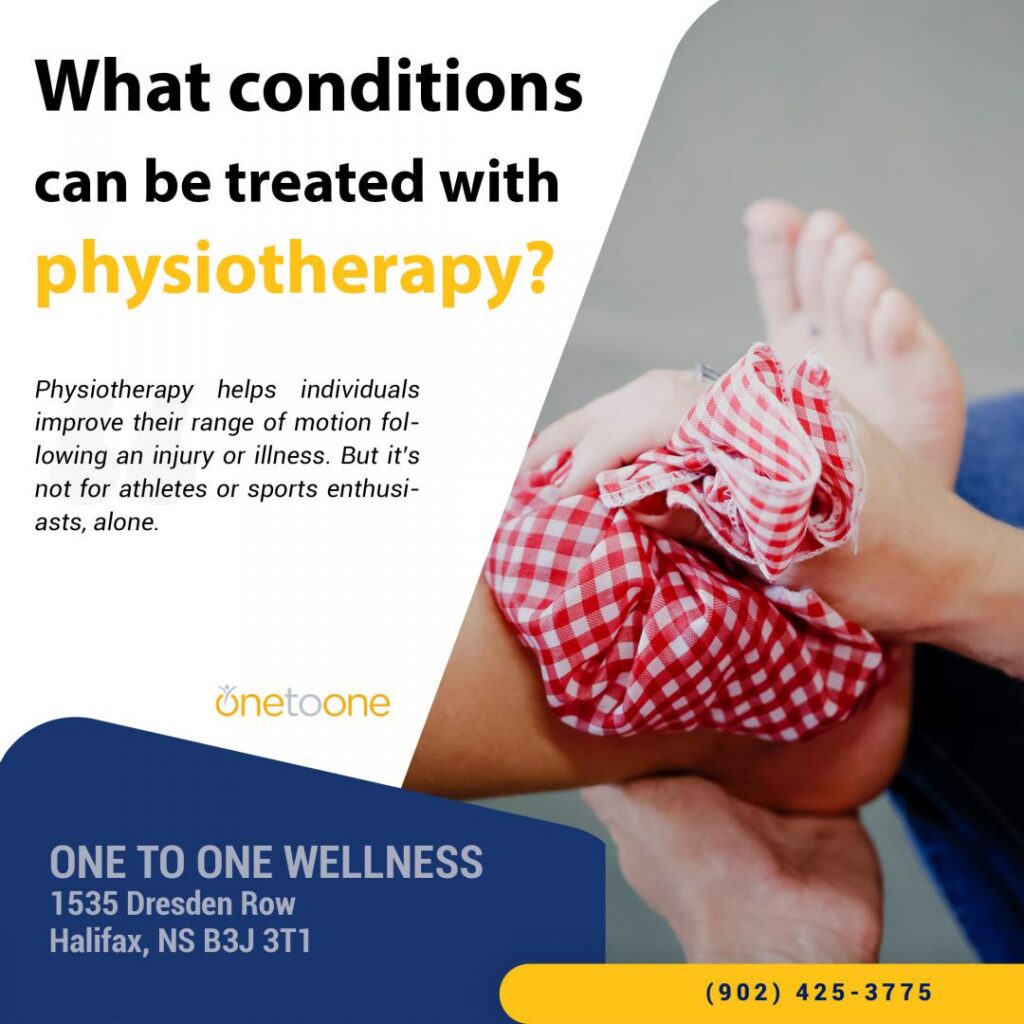
Old habits die hard. Ice is used almost universally for treating injuries and pain. I remember in physio school how our go-to response for anyone looking for help was often “just put ice on it.” This weekend, while watching a basketball tournament, I witnessed people rushing for ice packs at the first sign of any inflammation.
When will we learn to trust the wisdom of our bodies?
Acute inflammation is the body’s way of repairing damaged tissue. Swelling is a normal response and, when thwarted, the healing process can actually be delayed. Science is finally catching up and more and more trainers and therapists are questioning the use of icing protocols. METH (movement, elevation, traction, and heat) is often preferable to the traditional RICE (rest, ice, compression, elevation). While ice can sometimes be helpful for numbing pain, early mobilization is the better rehab approach.
In our clinic, we tend to see more people dealing either with persistent pain due to chronic inflammatory conditions or acute pain that occurs without any known injury. Again, most often these conditions respond best to mobilization that restores blood flow to the nerves, relaxes muscle tension, and lubricates joints. Touch and movement are the primary modalities we use to reduce pain and restore function.
We’ve been swimming against the tide of our profession for long enough to know that new evidence does not change tradition very quickly, even among educated professionals. It’s an even bigger challenge to overcome accumulated “wisdom” from the way things have always been done among youth athletes or weekend warriors.
So, the next time you twist an ankle or tweak your shoulder, spare the ice pack. If you want to get active again, start moving gently in a way that will return you to normal more quickly. We’d be happy to guide you if you need some help!




